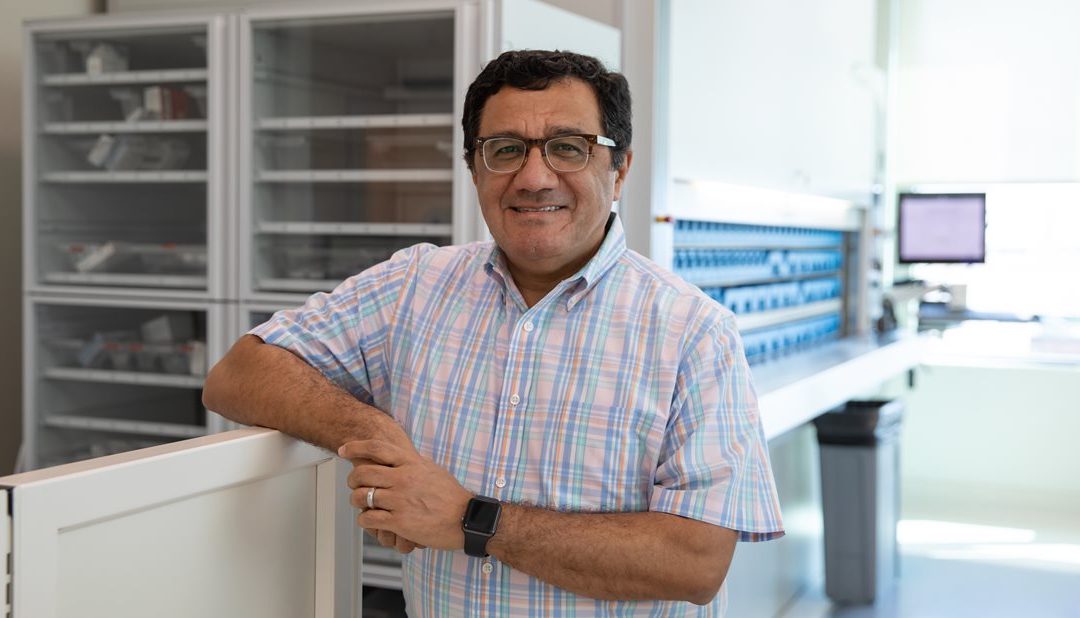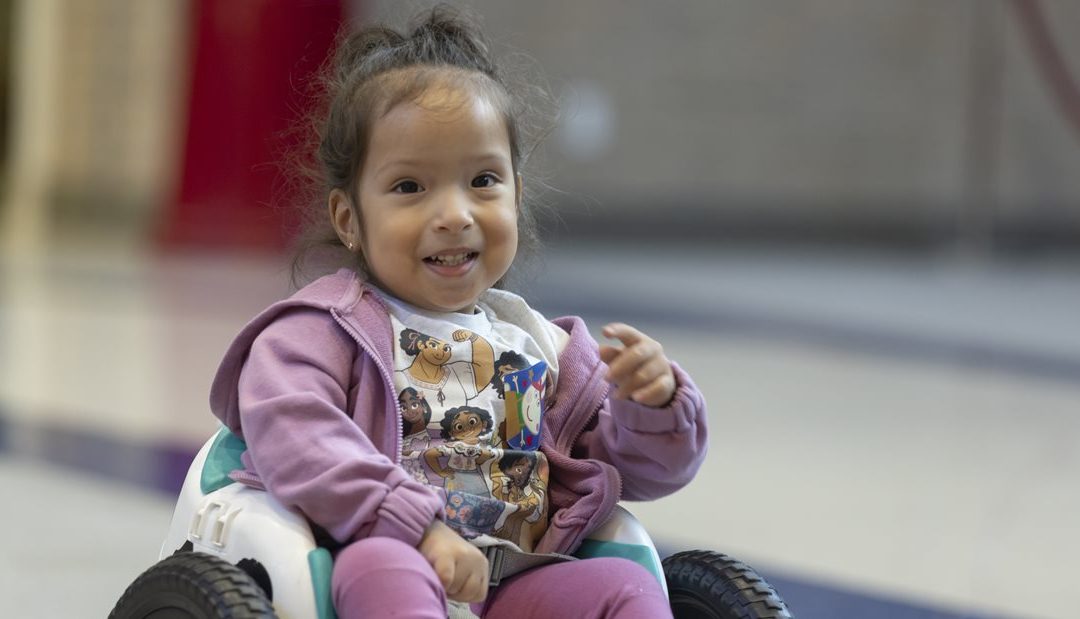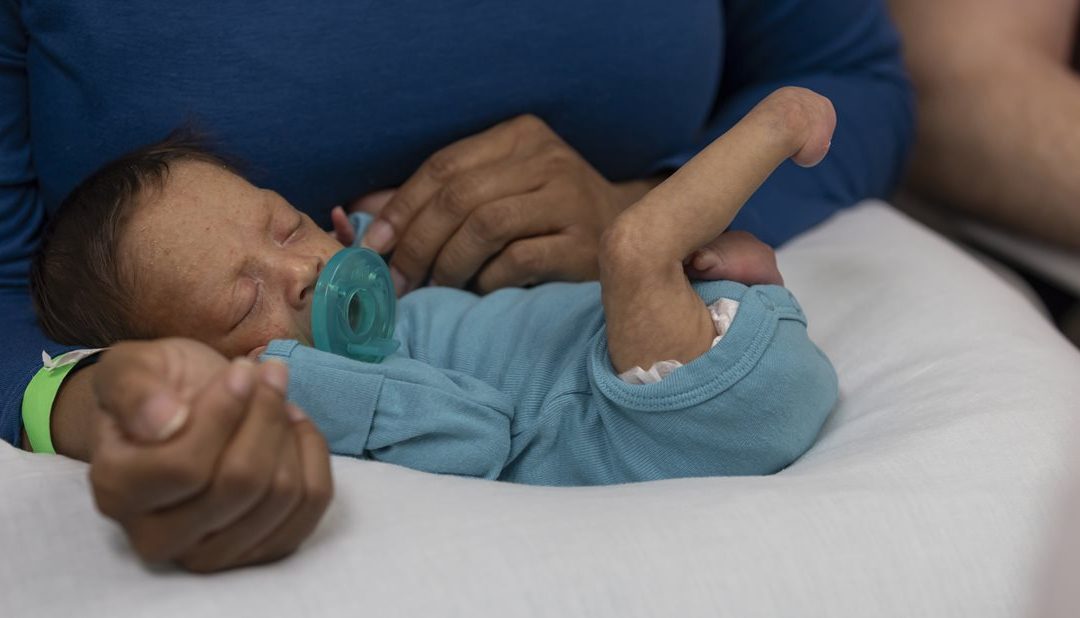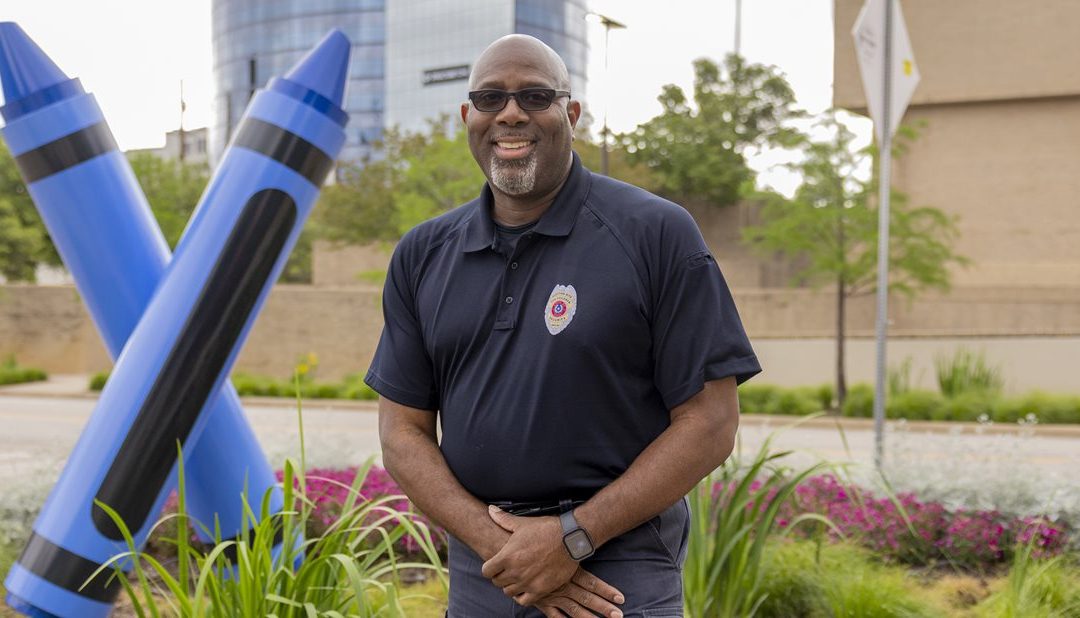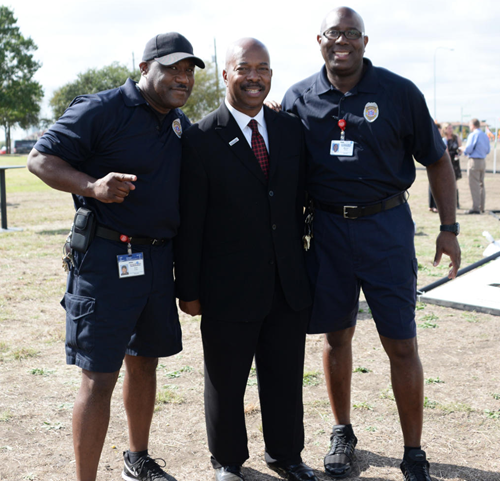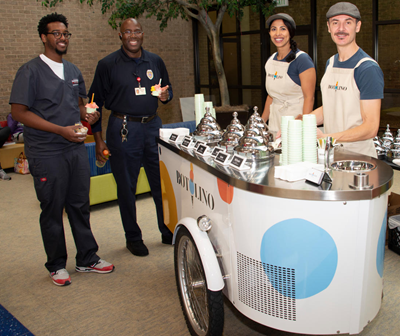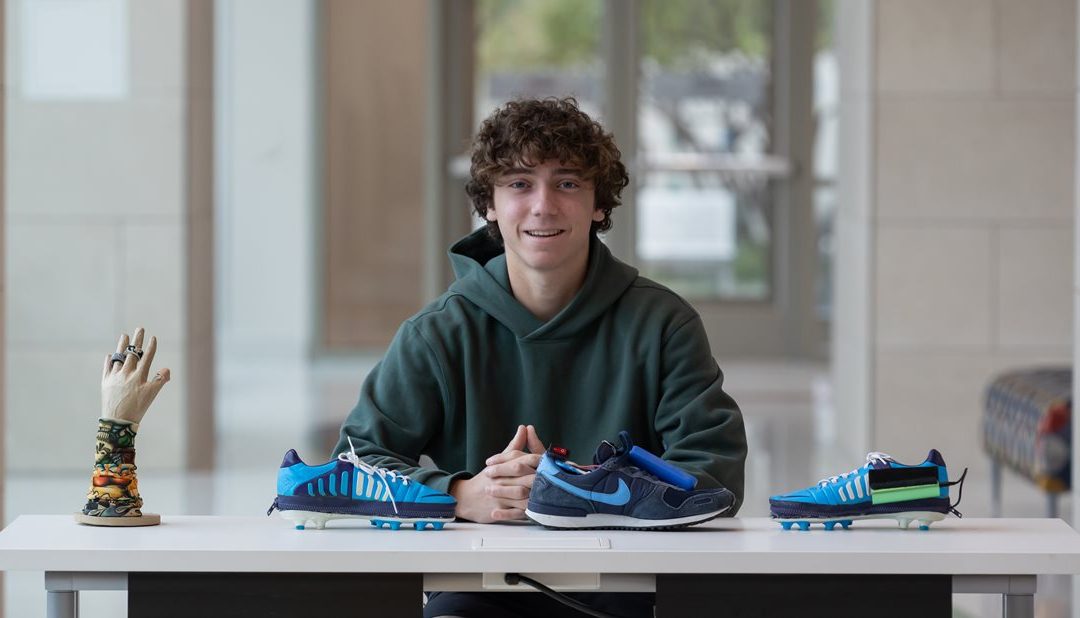
Beating Scleroderma and Actualizing Invention With Grit
Previously published in Rite Up, 2024 – Issue 1.
Lino is an inventor who is set on changing the world. “Problems without solutions inspire me to invent,” he says. “I’ve been tinkering with stuff since I was little, but I didn’t realize all this problemsolving was called inventing until I was in the fourth grade.” That was when Lino, of Frisco, invented the String Ring, an adjustable band worn as a ring that protects your finger while playing a stringed instrument. Lino played the cello and wanted to find a way to keep his fingers from blistering without changing the sound. “When you finally solve a problem that is personal to you and that affects a lot of other people, it’s the best feeling in the world,” he says.
His mother, Sharon, says that Lino has never met a challenge he does not want to conquer. “Lino is kind, smart and positive, but ‘grit’ is the perfect word for him in everything he does — at school, in sports and through his journey at Scottish Rite,” she says. “How he handled his diagnosis is how he handles his inventions.”
When Lino was 12, his hands began swelling. He could not make a fist, and when it got cold, his hands changed colors, turning red, even purple. His pediatrician referred him to Scottish Rite for Children where he was evaluated by orthopedic hand surgeon Chris Stutz, M.D. Dr. Stutz found nothing wrong with the bones in his hands but suspected a rheumatic condition and referred him to rheumatologist Lorien A. Nassi, M.D.
Dr. Nassi diagnosed Lino with juvenile systemic scleroderma, a rare, chronic autoimmune disease in which the immune system causes inflammation and tissue changes that lead to a tightening and thickening of the skin. The condition affects approximately 3 per 1 million children. There is no cure, and it can progress, affecting the internal organs, such as the heart, lungs and kidneys.
“It felt like an out-of-body experience,” Sharon says. “We walked in with a healthy child, and all of a sudden, we got a diagnosis of something we didn’t understand.” Dr. Nassi and her team, including a psychologist and a child life specialist, consulted with the family, explaining that Lino would need to take a weekly injection. “They told him not to search it on Google,” Sharon says, “that he could take the day off from school, but he was like, ‘No, I have to go to school. I have to give a presentation.’”
Lino began taking injections as well as receiving physical and occupational therapy to increase manual dexterity, flexibility and range of motion. “The hardest part was getting the injections and then learning how to administer them myself,” Lino says. “I didn’t like needles, but I got over that, and I feel better now that I’m doing it myself because I feel more in control.”
After four years, Dr. Nassi is tapering off the medication. “Lino has had a remarkable trajectory,” she says. “Unfortunately, so often rheumatology diagnoses are only seen as severe, lifelong conditions with significant limitations. I love that Lino shows us that even some of the more serious rheumatologic diagnoses can have great outcomes.”
Lino hopes to finish treatment this summer. “I’m lucky they caught it so early, and now it’s better,” he says. “I’m really thankful for that.”
“We will be forever grateful to Scottish Rite, Dr. Nassi and Dr. Stutz for diagnosing Lino right away,” Sharon says. “Thanks to them, against many odds, Lino has no moresymptoms and will be medicine-free, an outcome that is as rare as the disease itself.”
But, Lino does not want his success story to be a rarity. He is pursuing becoming a scleroderma advocate who shares his story, creating awareness to raise funds for research, and one day, a cure. He aims to ensure that other kids find the right doctors, get diagnosed early and know that there is hope.
Scleroderma has not stifled Lino’s creativity. By the time he was in eighth grade, he had masterminded four inventions. His most recent — Kinetic Kickz 2.0 — has a patent pending. An improvement on his original Kinetic Kickz, 2.0 is a shoe with a generator built into the sole that collects energy from walking, allowing the wearer to power a device with their shoe. The idea came to him one day after school on the soccer field. He needed to call his mom to come pick him up, but his phone was dead, and he did not have a charger. “I spent months trying to light an LED bulb to prove that I could create enough energy to charge something,” he says.
Invention Convention Worldwide recognized Lino’s genius, awarding him first place in his age group for Kinetic Kickz 2.0 at the 2021 Globals competition presented by Raytheon® Technologies, now RTX. TIME magazine noticed and selected him as a 2021 Kid of the Year finalist.
The 17-year-old continues to improve his inventions as he conceives of new ones. His Scottish Rite journey has inspired him to consider medical-based inventions, and he is debating whether he wants to be a doctor or an engineer. “I’m not sure yet,” Lino says, “but I am sure of one thing. I want to be a world-changer — someone who helps make the world a better place through their actions, or for me, through my inventions.”




